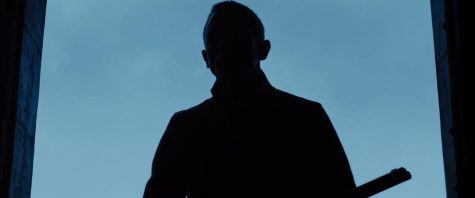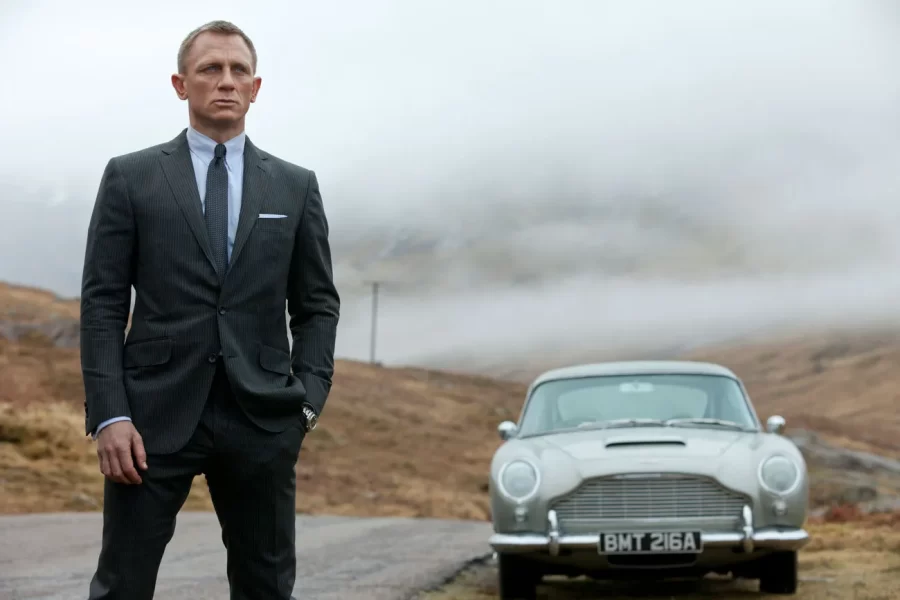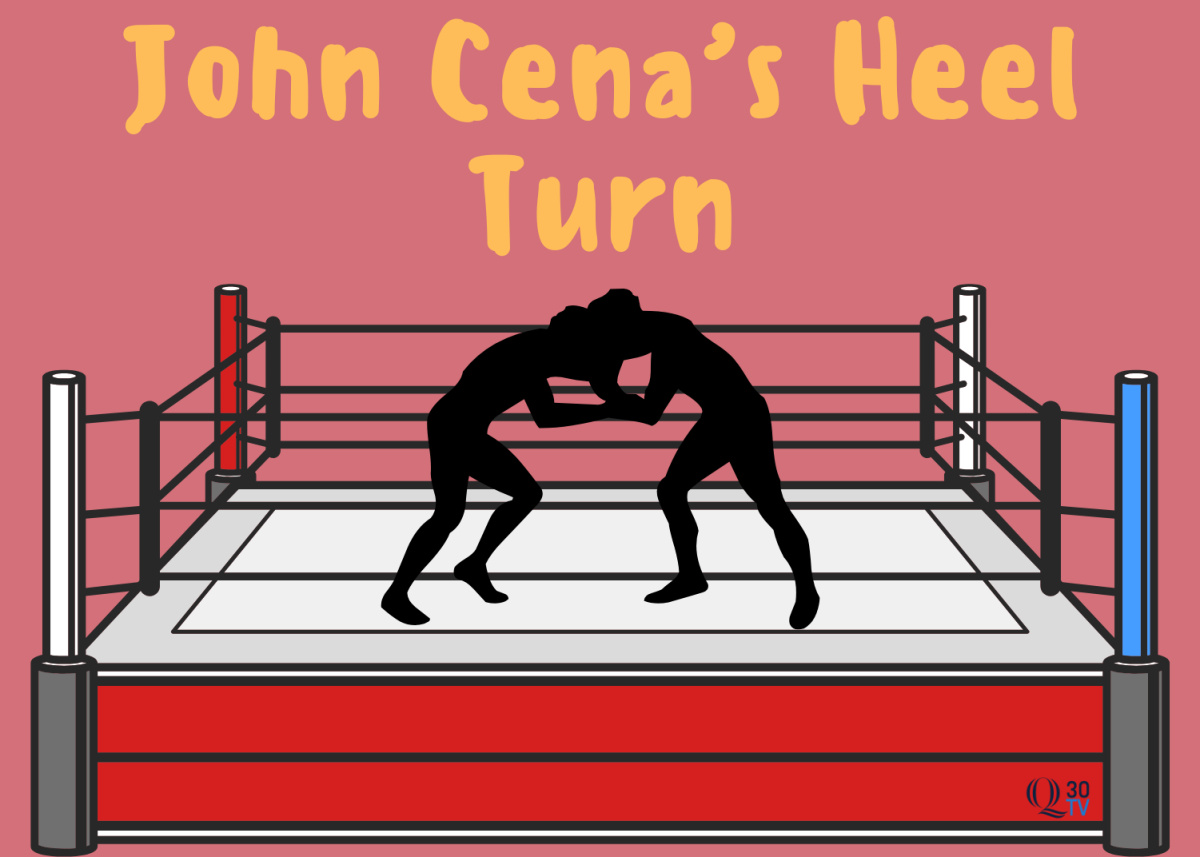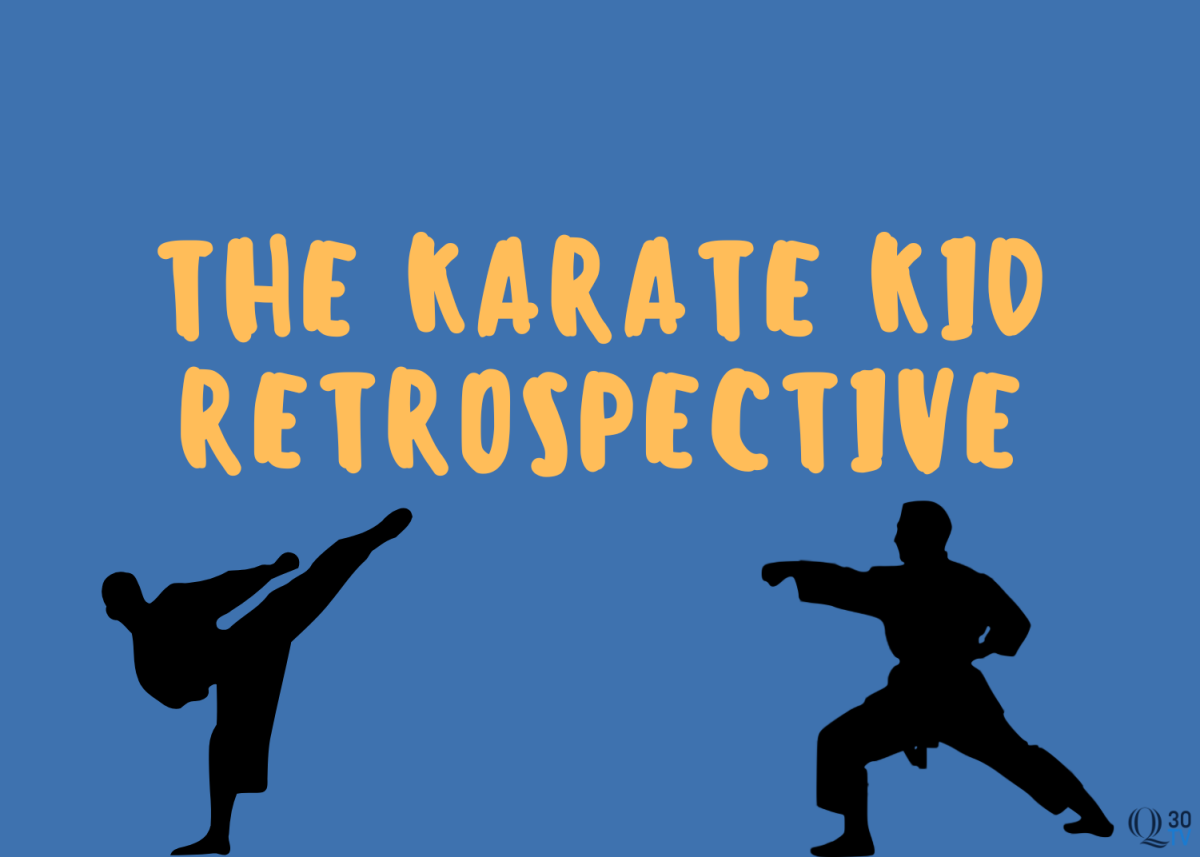Decades: The Cinematic Mastery of “Skyfall”
May 24, 2022
“Decades: The 2’s” is a series of articles tackling a year in each decade leading up to 2022. From 1952 to 2012, I plan to write about a single film that needs to make a return into the cinematic conversation once again to honor its overall quality and craftsmanship. These films may not be the defining film of the year, but one that should be honored with just as much regard.
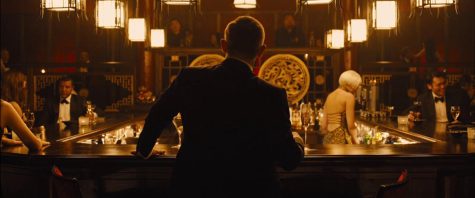
James Bond is easily the most popular literary character of the last 100 years, one of the most integral characters to cinema and I can certainly say one of the most popular characters ever. As the saying goes, “Women want to be with him and men want to be him”, and it’s been that way for a very, very long time. However, since his inception in the hit 50s Ian Fleming novels and throughout his entire filmography dating back to 1962…we don’t know who Bond is. We know his martini order by heart and what kind of car he drives and even the suits he wears…but who really IS James Bond? How did 007 become 007? On Bond’s 50th anniversary in 2012, Sam Mendes set out to tell us the truth in his 6th film: Skyfall.
Skyfall was a very popular movie when it came out, making over a billion worldwide and having a very positive
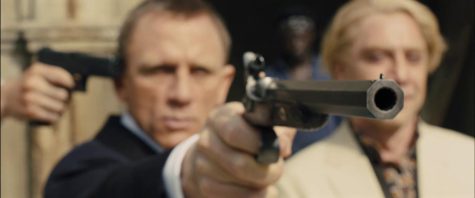
critical reception. Since then, it’s been hailed as one of the best Bond films along with Craig’s first film as the superspy in Casino Royale. Saying that Skyfall is “good” is a no-brainer, saying it’s “great” is a simple conclusion as well. But that’s too easy, and it’s missing the point of what I’ve set out to do. I’m here to tell you that we’ve been sleeping on Skyfall as a masterpiece of the 21st century and one of the greatest action movies of all time.
Let’s talk Deakins. Sir Roger Deakins is the premiere cinematographer right now and will become known as one of the greats in his field for his contribution to the medium. What he’s able to pull off here is astounding. I don’t know how he does it, but Skyfall looks more sleek and modern than most movies I’ve seen…I think ever. I showed this to a few people for the first time and asked what year they thought it came out, and everyone said sometime after 2012. Don’t believe me? Take a look at the slideshow at the end of this article. But there’s the thing, the photos won’t do it justice. Cinematography is for motion pictures whereas photography, the stuff in the slides, is just pictures. Deakins is a cinematographer above all else and it’s when his subjects or his camera are in motion that we see why he’s considered a true master of the craft. Actually, go watch this video detailing the beauty of the movie that only shows a mere 3 minutes of a stunning film. The video doesn’t even have another hidden champion of the film, the dialogue.
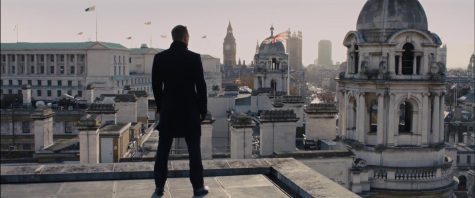
British wit is the best way to summarize it. “What if the PM finds out?” “Then I guess we’re all buggered.” or “In your defense, a moving target is harder to hit.” “Then you better get moving.” or one of my favorites “Don’t cock it up.” It’s actually quite difficult to not read all that in my best proper British accent. In the midst of a lot of violence and action, we’re greeted with a lot of charm and clever jabs to ease us all up. When the comedy isn’t happening (those quotes we’re just the ones off the top of my head…yes they’re memorized), we get monologues on Tennyson’s poems and back and forths on the state of the aging British Empire. This brings me to one of the most key components of the film, the thematic strength of it all.
Thematic strength or drama falls by the wayside of most action cinema because the main objective for the audience is to be dazzled by the spectacle and technical achievements, and so, the filmmakers respond in turn. Skyfall is one glaring and perfect exception to this rule. Skyfall is about legacy, both of James Bond and the British Government and its ideals in a post-9/11 world. It’s about how James can’t be set upon the Soviets or bloodthirsty entrepreneurs with a specific fixation on gold, it’s about individuals in the shadows.
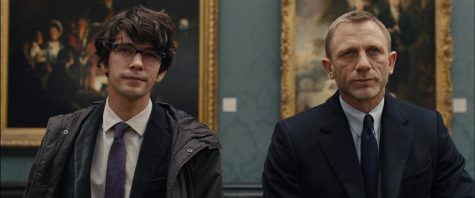
It’s about individuals wronged by the system set in place by an aging monarchy who makes decisions with both an opposite and equal reaction that inadvertently causes death and destruction for those caught in the crosshairs. In fact, that last sentence could be attributed to either the British Government…or M! Something quite intentional from the writing staff. It’s no mistake that Peter Morgan, a writer on an early draft of Skyfall, is also the creator and showrunner of The Crown. Speaking of M, she says, “You don’t get this, do you? Whoever’s behind this, whoever’s doing this, he knows us! He’s one of us. He comes from the same place as Bond, a place you say doesn’t exist: the shadows.” Therefore, let’s talk about Daniel Craig’s James Bond, Javier Bardem’s Sliva…and the shadows.
Circling back, Bond is more of a caricature than a character before Daniel Craig. People never give Craig enough credit for almost single-handedly creating a massive gap in depth until he comes in. James Bond is a womanizing alcoholic gambler with a penchant for violence. We forget this because of the tone of the original material, the age in which Bond was depicted, and the fact that Ian Fleming was himself, a spy and an alcoholic who wanted to write a fan-fiction about what he wished his spy adventures were like, saving the day, getting the girl and all that stuff. Craig’s tenure is in response to that version of Bond, he’s a damaged blunt object that MI6 can wield around to throw at any enemy of Her Majesty and her subjects, nothing more. England is Dr. Frankenstein and Bond is their very own monster. Well, not quite, that’s Silva.
Bardem’s Silva is in direct response to Bond as what 007 could become or could’ve been if he was just a little
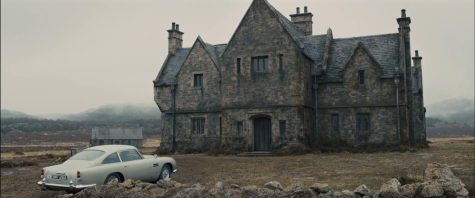
different. Reminds me of Alan Moore’s The Killing Joke in which Joker is trying to get Batman to understand that he’s just one bad day from crossing a line and becoming everything he’s fought against. Actually, that’s not a stretch of a comparison really, Skyfall very much takes a lot of tonal, technical, and thematic throughlines from Christoper Nolan’s The Dark Knight.
As I wrap this up, let’s talk a little about you, the reader. If you haven’t seen the movie, I hope I was able to explain why this movie goes above and beyond the other films of its kind. Additionally, I’m glad I was able to do that without actually telling you the plot of the movie so you can go see it as soon as possible. This is also for the people who’ve seen this before, you know how fun the action scenes are and how good the actors are without me telling you. However, what I want you to think of is how this movie is different. You may have watched another Bond film, but think of it in an artistic sense for change. Not a lot of movies can hold that balance and I think by bringing it back into the conversation about movies, we can really learn from this. This is one of the few blockbusters of the last decade or two that feel like real artists worked on it. What Skyfall does isn’t just artistically strong or commercially strong, it does something most movies can never do. It does both.
